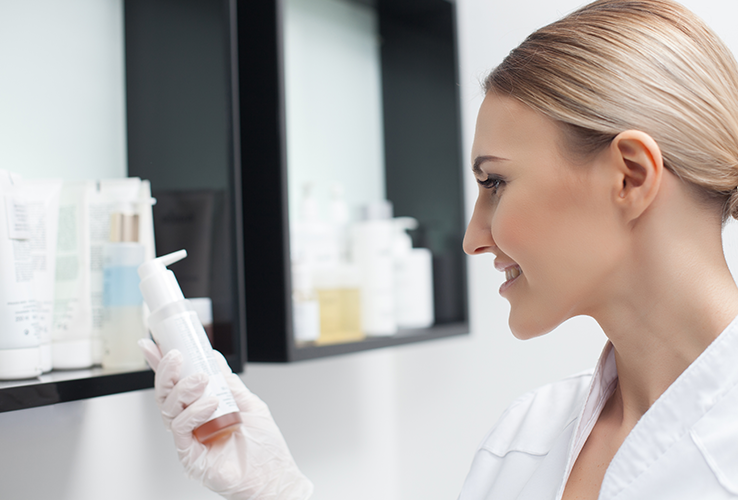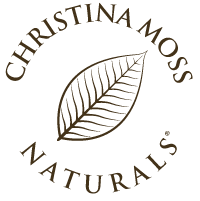
There are many nasty ingredients out there, but in this post I want to touch on two that I find particularly bad: Propylene Glycol and Polyethylene Glycol. Otherwise known as PEG and PG, these ingredients are found in your car, in your food, in your pharmaceuticals, and (you guessed it) in your personal care products. All this exposure is bad news if you value your health. Here’s why:
Polyethylene Glycol – The Person You Don’t Want at a Party
Have you ever invited someone to a get-together, only to have that person invite a dozen of their friends? Before you know it, your food is gone, your house is ruined, and your neighbors aren’t speaking to you. Polyethylene glycol is that person.
The thing that PEG is best at is enhancing penetration. It helps other ingredients get deep down into your skin. When PEG joins a party it brings all its friends with it, really ramping up the impact that other undesirable compounds have on your skin. Not only that, but PEG is often contaminated with some really nasty things. According to a report in the International Journal of Toxicology, PEG has been found to be contaminated with heavy metals (including lead) and ethylene oxide (an ingredient used to make mustard gas). I don’t know about you, but that sounds like the kind of party I’d rather avoid.
When PEG penetrates your body, it also disrupts your skin’s ability to retain moisture. As a result, you’ll end up with dryer, itchier, and more irritated skin, which will probably leave you reaching for the same product that contained PEG in the first place. It’s a vicious cycle, and one that’s hard to break without making a dramatic change in your skincare mindset.
Propylene Glycol – It’s Everywhere
Here’s a fun game: try to find something that doesn’t contain Propylene Glycol. Intravenous drugs? Check. Antifreeze? Check. Cake mix? Check. Conventional personal care products? Big check on that one. PG is everywhere, and that’s scary.
It’s natural that an ingredient used in both brake fluid, flavored iced tea, and deodorant would raise some suspicion. There’s been quite a bit of research into PG, and the results are not comforting. Even at relatively low concentrations, exposure to PG has been proven to cause irritation and allergic reaction. One report even shows that exposure to PG can cause skin, liver, and kidney damage.
Finally, just like PEG, PG increases penetration. That means the other ingredients in your lotions, shampoos, conditioners, and sunblocks can make it into your system that much more easily. Over time this exposure can really add up, especially when you consider just how often the average person encounters PG. The safest bet is to avoid it as much as possible, which is why I never use it in my formulations.
Your Skin Deserves Better
There’s no need to keep exposing yourself to PEG and PG, especially when there are plenty of alternatives out there. Choose Propylene Glycol and Polyethylene Glycol-free products and enjoy healthier (and happier) skin.
What are your experiences with Propylene Glycol and Polyethylene Glycol? Let us know about them in the comments below.

Thanks for sharing, I’m allergic to penicillin which has PEG in ir and it nearly killed me years ago, so I knew it was in Pfizer, so I wasn’t going to get the vaccine, and I’m so glad I didn’t, as its caused blood clotting in the family.